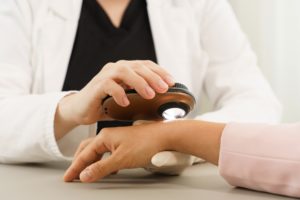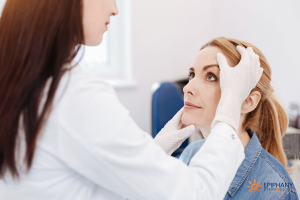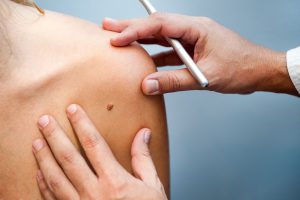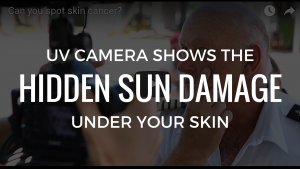 As the days get longer and the sun shines brighter, many of us are spending more time outdoors. But while you’re enjoying pool days, hiking trails, and backyard barbecues, your skin may be soaking in more than just sunshine. July is UV Safety Awareness Month—and there’s no better time to focus on how to protect your skin and your family’s skin from harmful sun exposure. We spoke with two leading experts—Dr. Kishan Shah, MD, FAAD, ...
As the days get longer and the sun shines brighter, many of us are spending more time outdoors. But while you’re enjoying pool days, hiking trails, and backyard barbecues, your skin may be soaking in more than just sunshine. July is UV Safety Awareness Month—and there’s no better time to focus on how to protect your skin and your family’s skin from harmful sun exposure. We spoke with two leading experts—Dr. Kishan Shah, MD, FAAD, ... Read moreabout Protect Your Skin This Summer – Insights from Dermatology Experts You Can Trust










